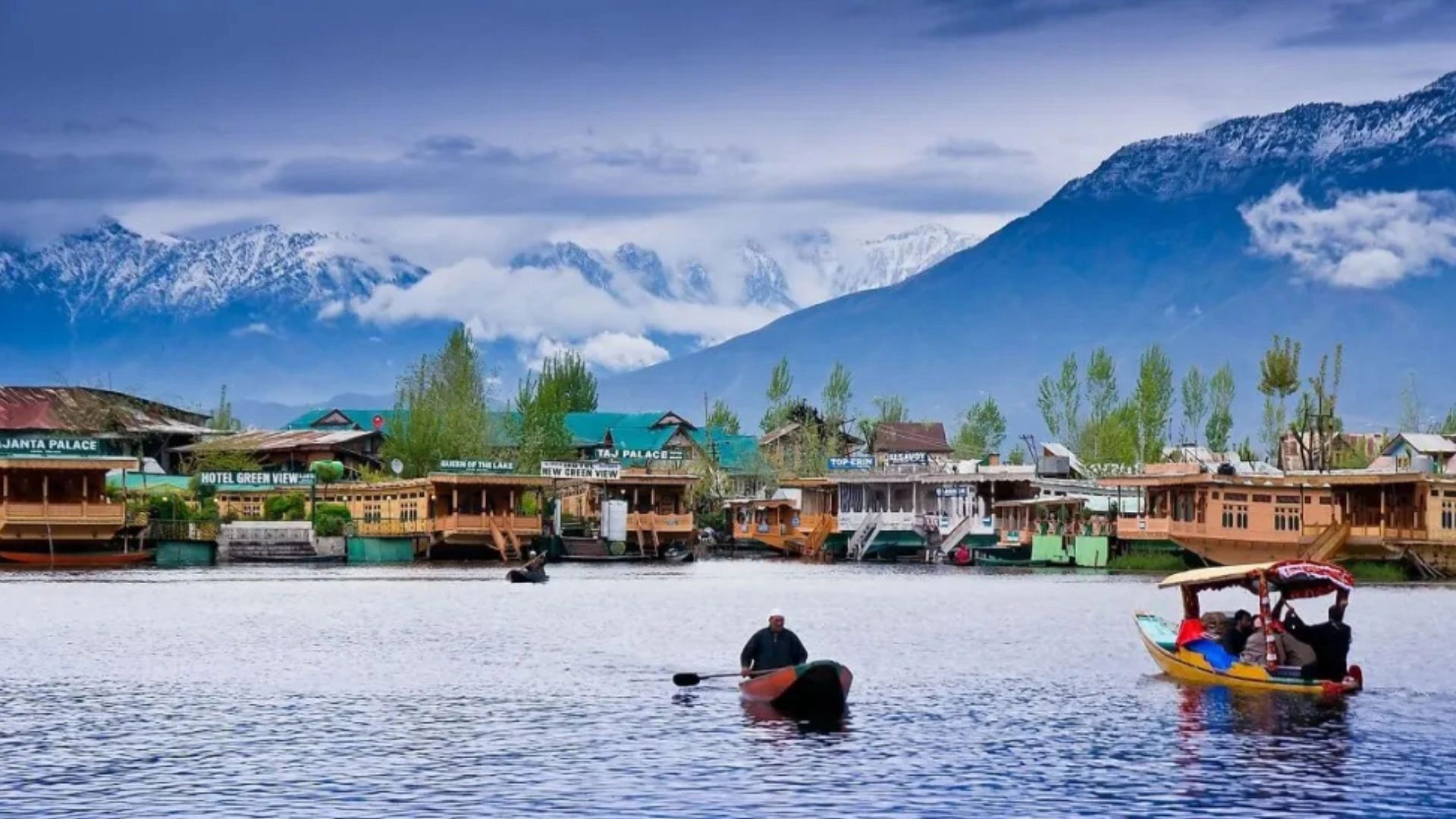Delhi Water Crisis Update : Delhi Water Minister and AAP leader Atishi after meeting with the LG VK Saxena today at 11:00 AM gave a statement to ANI, highlighting the concern of plummeting water level in the Wazirabad barrage, as a result of which the Munal Canal is receiving less water. She has also requested LG VK Saxena to initiate talks with the Haryana Govt. on the same concerns.
Upon which the LG has assured that he would talk to Haryana govt. and will also induct a single-charge officer to ensure that administrative work in the Delhi Jal Board is carried out adequately. Atishi said, “He has assured that the lack of officers in the Delhi Jal Board will be sorted… We were supposed to receive water from Himachal Pradesh via Haryana but have not yet received it… We have received information from a Supreme Court affidavit that a water dispute is also going on between Himachal Pradesh and Haryana government…”
#WATCH | Delhi Water Minister Atishi says, “… Water level in the Wazirabad barrage has dropped and Munak canal is receiving less water. We have requested LG to talk to the Haryana Government concerning less water being released into the Munak canal… 7 water treatment plants… pic.twitter.com/M6K90QzBho
— ANI (@ANI) June 10, 2024
Previously ..
On 9th June, Atishi took to ‘X’ tagging the Lt gov of Delhi to sought an emergency meeting on the very same concern. Where she also attached a tabular proof of the problem, that showed how Delhi was suppose to receive 1050 cusecs of water from the Munal Canal via the CLC and DSB sub-canals. However the water supple reduced to 840 cusecs.
Follows, that today’s meeting was scheduled and then came the LT gov.’s assurance.
Have sought time from the Hon’ble @LtGovDelhi for an emergency meeting, to apprise him of the inadequate water being released by Haryana from the Munak Canal.
Delhi is supposed to receive 1050 cusecs of water from the Munak Canal via the CLC and DSB sub-canals. However, this has… pic.twitter.com/xZUHbYlrnJ
— Atishi (@AtishiAAP) June 9, 2024
Though, the crisis which was already flowing in undercurrents, recently escalated on 8th June, Monday when Atishi took to ‘X’ and blasted on the Haryana govt. for causing water shortage in Delhi, especially when the capital is suffering from severe heatwave.
Here what she said…
#WATCH | Delhi’s Water Minister Atishi says, “…When there is a severe heat wave in Delhi, when there is water shortage in Delhi, Haryana has reduced the release of water from Munak Canal… Haryana is not releasing its 1050 cusecs of water from Munak Canal…In the coming 2… pic.twitter.com/CKPZPZcdCd
— ANI (@ANI) June 8, 2024
What is Delhi Water Crisis?
Where Does Delhi’s Water Comes From?
Delhi gets most of its water from the Yamuna, Ravi-Beas, and Ganga rivers. From the Ganga, via the Upper Ganga Canal in UP, Delhi receives 470 cusecs (roughly 254 MGD) of water.
Two channels entering Delhi from Haryana — the Carrier Lined Channel (CLC) and the Delhi Sub Branch (DSB) — supply Delhi with water from the Yamuna and Ravi-Beas rivers. Delhi receives 719 cusecs of water through the CLC, a lined channel meant to reduce seepage-induced water loss, and 330 cusecs through the DSB (total of roughly 565 MGD).
The Delhi Jal Board (DJB) also takes water directly from the Yamuna to try and meet demand. A senior DJB official said Delhi is not allotted any specific amount of water it can draw directly from the river. Put together, Yamuna water — through the CLC, DSB and directly from the river — provides a supply of 612 MGD to Delhi.
Finally, the DJB supplements its river-water supply with ground water — around 135 MGD of which are drawn from Delhi’s tubewells and ranney wells.
What Triggered Delhi’s Water Shortage?
The water treatment plant (WTP) in North Delhi’s Wazirabad was functioning below its capacity from May 12 to 14, and again from May 18 to June 1. Coincidentally, this was the time when the national capital experienced record high temperatures, and thus, a steep surge in demand for water.
Why the Wazirabad WTP functioning low?
Across the states of Himachal Pradesh, Punjab, Haryana, and Delhi recorded large rainfall deficits from May 1 to 24, according to the India Meteorological Department (IMD).
Scant rainfall meant that the Yamuna simply did not have enough water for the DJB to draw from the Wazirabad reservoir, a DJB official explained. Against a ‘normal’ level of 674.5 feet (above sea level), the water level at the reservoir on May 31 was 670.3 feet. It has risen to 671 feet in the last few days.
















